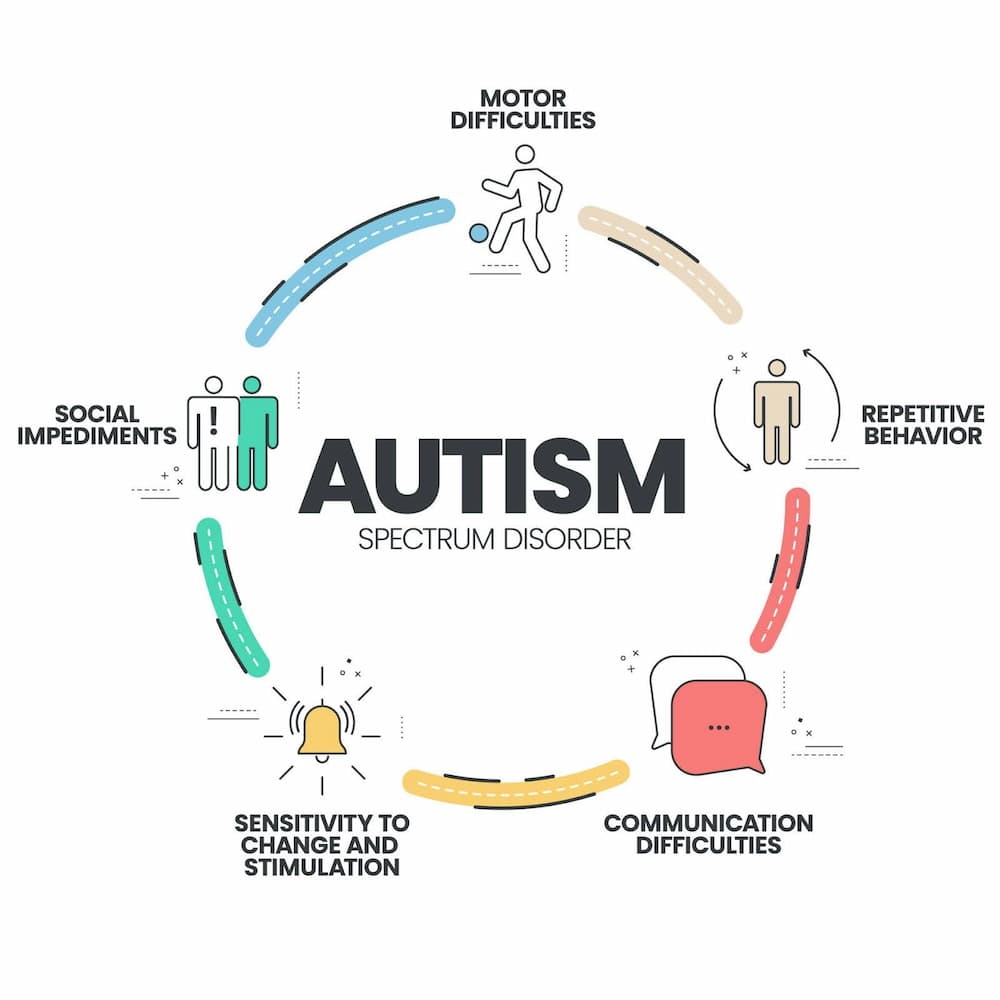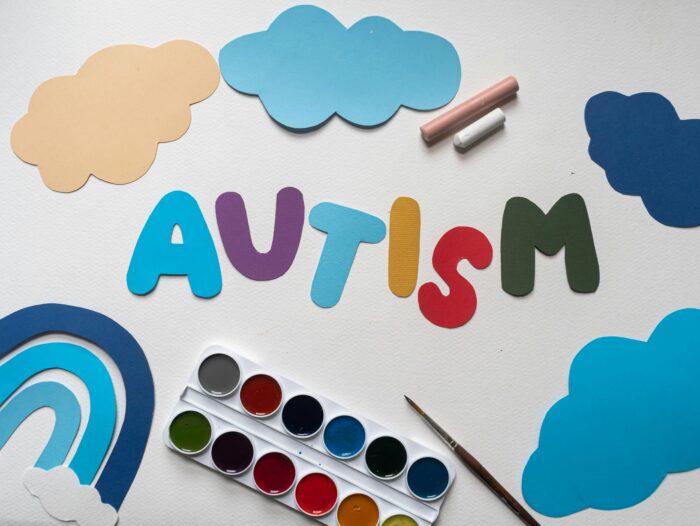The Duty of Education in Sustaining Students with Autism: Ideal Practices
The Duty of Education in Sustaining Students with Autism: Ideal Practices
Blog Article
Understanding Autism: A Comprehensive Guide to Symptoms And Signs
Autism Range Problem (ASD) incorporates a broad array of qualities that can dramatically influence a person's social interactions and day-to-day performance. Comprehending these subtleties not only help caretakers and instructors in providing ideal assistance but also promotes a much more comprehensive environment for individuals with ASD.
Review of Autism Spectrum Problem
Defining Autism Range Problem (ASD) entails recognizing it as a complex neurodevelopmental problem defined by a variety of obstacles in social interaction, communication, and behavioral patterns. The term "range" reflects the vast variability in signs and their seriousness, which can differ dramatically from one person to another. ASD typically materializes in very early childhood years, although some people may not obtain a medical diagnosis until later in life.
Variables influencing the advancement of ASD include hereditary tendencies and environmental factors, although the precise causes stay under investigation. Diagnosis usually relies on behavior analyses, as there are no clear-cut clinical tests for ASD. Early treatment is critical and can significantly improve results, concentrating on improving interaction abilities, social interactions, and flexible behaviors.
People with ASD may also exhibit one-of-a-kind toughness, such as outstanding focus to detail or details areas of knowledge. Comprehending the complex nature of ASD is important for cultivating an inclusive setting that suits neurodiversity. Proceeded study is vital for creating reliable interventions and support group, making it possible for individuals with ASD to thrive and accomplish their possible within society.
Usual Indicators of Autism
Acknowledging the common signs of Autism Spectrum Disorder (ASD) is crucial for early recognition and intervention. These indicators can differ widely in severity and presentation, but specific qualities are regularly observed in people with ASD.
One of the most common indicators is a marked difficulty in keeping and establishing eye call. People may also display restricted passion in social communications and reveal a choice for singular play.
Sensory level of sensitivities are additionally usual; individuals might underreact or panic to sensory stimulations, such as structures, audios, or lights. autism. Language advancement can be atypical, with some children displaying delayed speech or utilizing language in uncommon ways, consisting of echolalia-- repeating phrases or sentences heard somewhere else
It is vital to note that not every person with ASD will present all these signs, and the degree of these actions can differ dramatically. Early recognition permits prompt support and resources, enhancing the top quality of life for those on the spectrum.
Social Interaction Challenges
Social interaction challenges are a hallmark of Autism Spectrum Condition (ASD), influencing a person's capacity to engage efficiently with others. These troubles can show up in different ways, consisting of obstacles in starting and maintaining conversations, recognizing social hints, and reacting properly in social communications.
People with ASD might battle with nonverbal interaction, such as eye call, faces, and body movement. This can lead to misconceptions, as their communicative intent may not be appropriately interpreted by others. They might find it difficult to understand the subtleties of tone and context, which are necessary for efficient interaction.
In team settings, people with ASD may really feel overloaded and may not understand just how to sign up with in conversations (autism). They may also show atypical conversational patterns, such as monologuing concerning specific interests without acknowledging social reciprocity
Additionally, these challenges can result in social isolation or difficulties in developing relationships, as peers may misinterpret their habits or interaction design. Comprehending these social communication obstacles is vital for cultivating helpful settings that promote social abilities advancement and improve the top quality of interactions for individuals on the autism spectrum.
Sensory Reactions and level of sensitivities
Many people with Autism Spectrum Disorder (ASD) experience heightened sensory sensitivities that can considerably affect their visit the website daily lives. An individual with ASD may discover day-to-day noises, such as a vacuum cleanser or crowded settings, extremely stressful, leading to anxiousness or meltdowns.
Sensory processing distinctions in people with ASD can additionally impact their ability to engage in regular tasks and social interactions. A kid that is sensitive to touch may stand up to physical affection or avoid specific clothes textiles. Additionally, a preference for particular appearances or tastes can restrict dietary options and develop obstacles throughout nourishments.
Comprehending these sensory sensitivities is necessary for acknowledging the moved here distinct experiences of people with ASD. Recognition of their sensory accounts can foster better interaction and support methods, producing an environment that accommodates their requirements and boosts their lifestyle. Eventually, recognizing sensory level of sensitivities is a crucial element of understanding the more comprehensive spectrum of autism.

Supporting Individuals With Autism
Reliable assistance for individuals with Autism Range Problem (ASD) is critical for enhancing their total well-being and cultivating self-reliance. Support methods should be tailored to meet the special demands of each person, considering their toughness and challenges.

Social abilities training can also play a critical role. autism. Involving people in team activities or role-playing scenarios can improve their ability to browse social interactions. Furthermore, it is crucial to enlighten relative, caregivers, and peers concerning ASD to cultivate a encouraging and inclusive area
Conclusion
By promoting improved interaction and social skills, individuals with autism can browse their atmospheres more efficiently. Eventually, enhanced awareness and assistance can considerably enhance the top quality of life their explanation for those impacted by ASD.
Autism Spectrum Problem (ASD) includes a vast variety of characteristics that can dramatically affect an individual's social communications and daily performance.Individuals with ASD might have a hard time with nonverbal interaction, such as eye get in touch with, facial expressions, and body language.Lots of individuals with Autism Range Disorder (ASD) experience increased sensory sensitivities that can substantially impact their day-to-day lives.Sensory processing distinctions in individuals with ASD can additionally affect their capacity to engage in routine tasks and social interactions.Recognizing these sensory sensitivities is essential for acknowledging the unique experiences of individuals with ASD.
Report this page